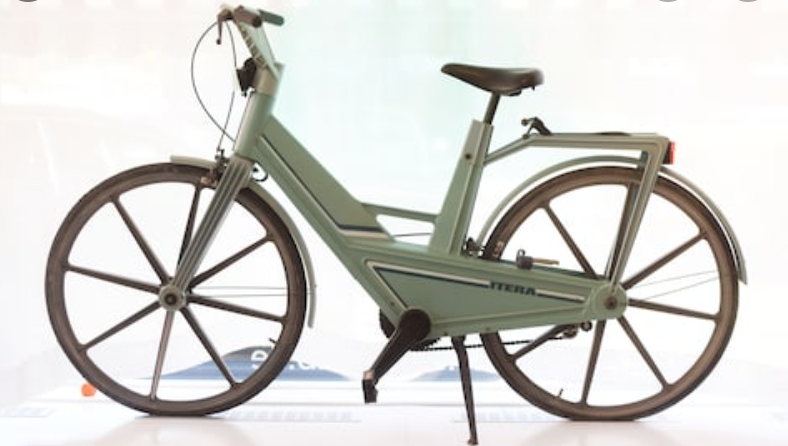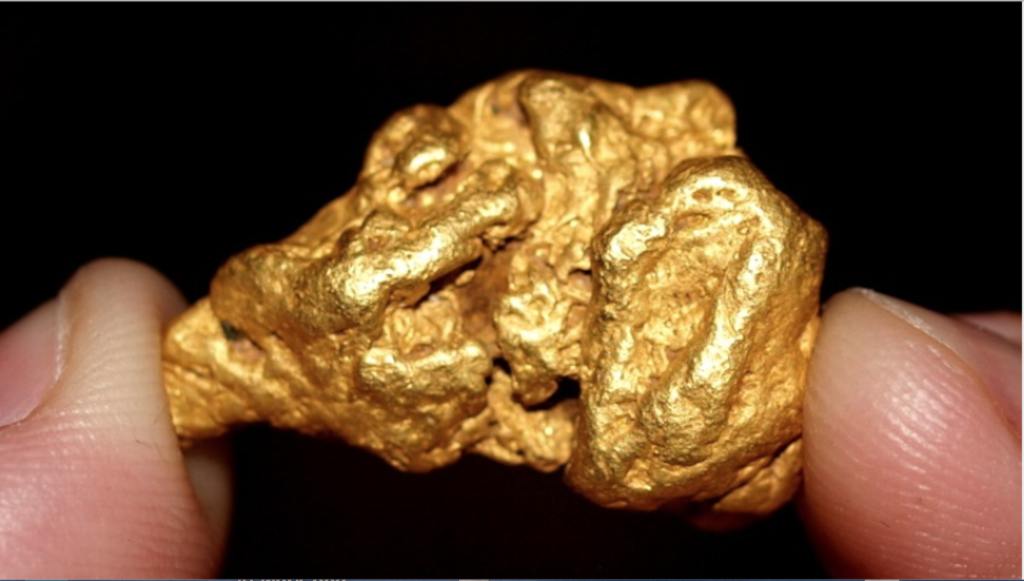Ta-da, new from Colgate …
Colgate Frozen Beef Lasagna.
Perfectly normal for a toothpaste company to bring out frozen Italian food, isn’t it?
Except in 1982 nobody believed that in the least and it was considered little more than a stinker.
More to product failures, you have the worst bike ever made.

Plastic Bicycle was weighty, fragile and it flexed.
The Itera Plastic Bicycle designed in 1980 to help combat the oil crisis.
It was heavy, it was dangerously flexible, it was fragile, it was expletive deleted.
A board game karked it as well.
‘I’m Back and You’re Fired, Trump’ is famous for flopping twice, 1989 and 2004.
People weren’t exactly aglow with desire for it.
These are just a few of the exhibits in the Museum of Failure, https://museumoffailure.com.
Since 2017 it’s been the home to stuff ups, duds and no-hopers – over 100 failed products.
It’s a cheery collection of crap, as a friend on Zoom this morning put it.
Still, it’s fascinating to see what companies thought would be sought after products.
Call it a learning experience to understand how innovation went awry.
It’s a test of sorts as people can’t help asking themselves ‘would I have approved that?’
‘Of course not’, goes the answer.
In retrospect we’re all brilliant predictors of success.
We can sniff out a duff product to avoid the accompanying discredit, right?
So you have to wonder, what sort of business mind approved the money-losing 1958 Ford Edsel.
Or a doll with alarming eyes and a pinched mouth called Little Miss No Name, developed to compete with Barbie.
Both are stars in the Museum collection.
The thing is, we’re personally invested in exceptionalism; we have an aversion to failure.
It’s reason enough we read about people like Steve Jobs, hoping some of the magic will rub off.
We look to gain something to make wiser decisions.
Well then, what about ads that are hucksterish, samey and a failure in everything but turning people off.
Why aren’t we more invested in exceptionalism for ads?
Why can’t marketers sniff out all the drawbacks?
And instead of endlessly tweaking commercials why can’t they start afresh with something called an idea?
Remember ideas?
After all, where’s the sense in being the most marvelous of all disagreeable commercials.
Certainly there’s room in the Museum of Failure for more than a few campaigns of late.
But if you have the nous to realize Colgate Beef Lasagna is iffy, why not apply that ability to evaluating TV scripts.
